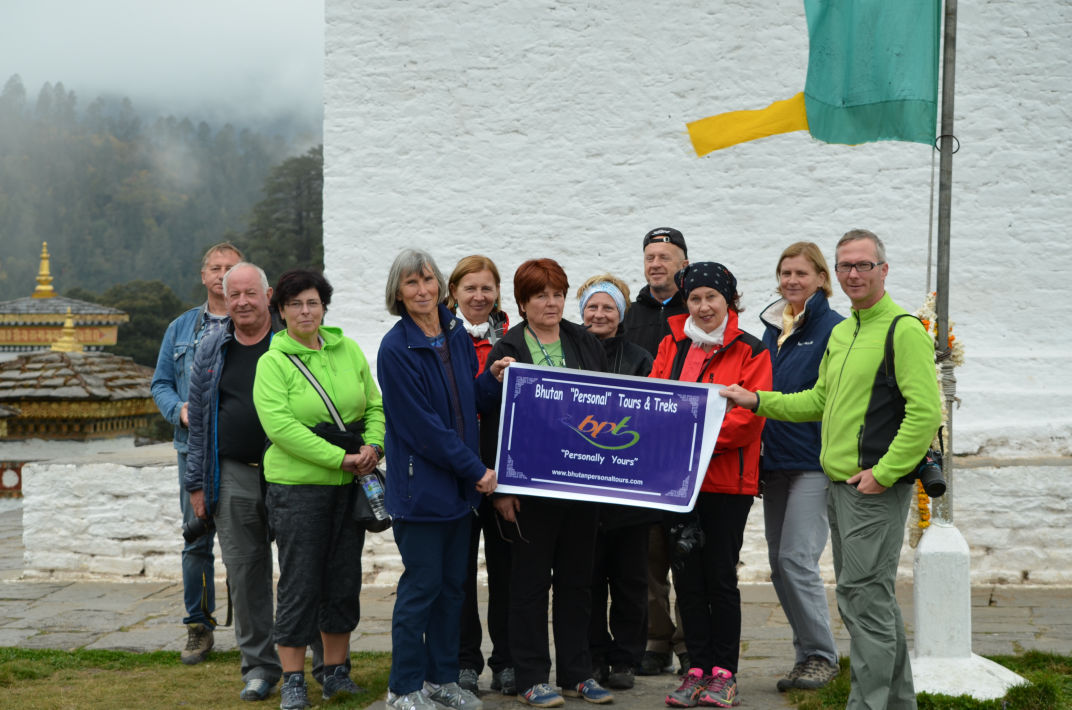The western circuit comprises of the six western Districts in the country that includes Thimphu, Paro, Haa, WangduePhodrang, Punakha and Gasa.
What makes this circuit special is that the Tourism Council of Bhutan has categorized new ways of exploring the existing great sights. In this circuit one may attend the summer festival of Haa and delve into the wonders of a living culture. The festival highlights Shamanic rituals and other folk dances. You may also enjoy the beauty of the rare Himalayan flowers in bloom or take a daring trek to Nob Tsonapatra that is full of interesting legends.
In Thimphu you may witness the newly introduced Takin Festival, Balloning, Hand Gliding, MICE & GNH conferences, meditation and wellness facilities. You may visit temples, dzongs (fortresses) and museums or attend to a festival where textiles come to life. Festivals abound throughout the year and trips can be tailored in accordance.
Punakha festival marvels you with the historical depiction of medieval warriors who defended Bhutan with swords and shields. Experience the plantation of rice in early summer or the harvests of the same in autumn. The golden hue of ripening rice fields are photographers’ delight in autumn.
Do not miss the museums. Paro museum (Ta dzong), reveals the history, cultural, and in Thimphu, let the Folk Heritage museum enthuse you with farmers’ livelihood.

Paro
The cultural highlights of Paro resemble so much the intricate and beautiful textiles worn by the people during the valley’s annual festival. Here we take you through the rice fields, orchards, farmhouses and temples of various ages. The pride of Paro is the hanging temples on the cliffs from the legendary Taktsang to KilaGompa and Dzongdrakha. Let your muscles baffle your spirits as you climb the rocky stairs of these medieval temples.

Thimphu
Thimphu, situated at an altitude of 2400m, is the centre of government, religion and commerce. The capital has an interesting combination of tradition and modernity, and includes some of the most advanced and remotest parts of the kingdom. It is home to the Kings and the Royal family members, civil servants, expatriates, politicians, business persons and monks. Enjoy this cultural mix based on livelihood. Of culture we will take you through temples, dzongs, chortens, museums, handicraft stores, nunneries, parks and many more. Allow yourself to meet both traditional and contemporary artist.

